On September 30th, 1999, three technicians at a nuclear fuel processing plant in Japan were exposed to a large dose of radiation. One of them, Hisashi Ouchi, was airlifted to Tokyo due to his critical injuries.
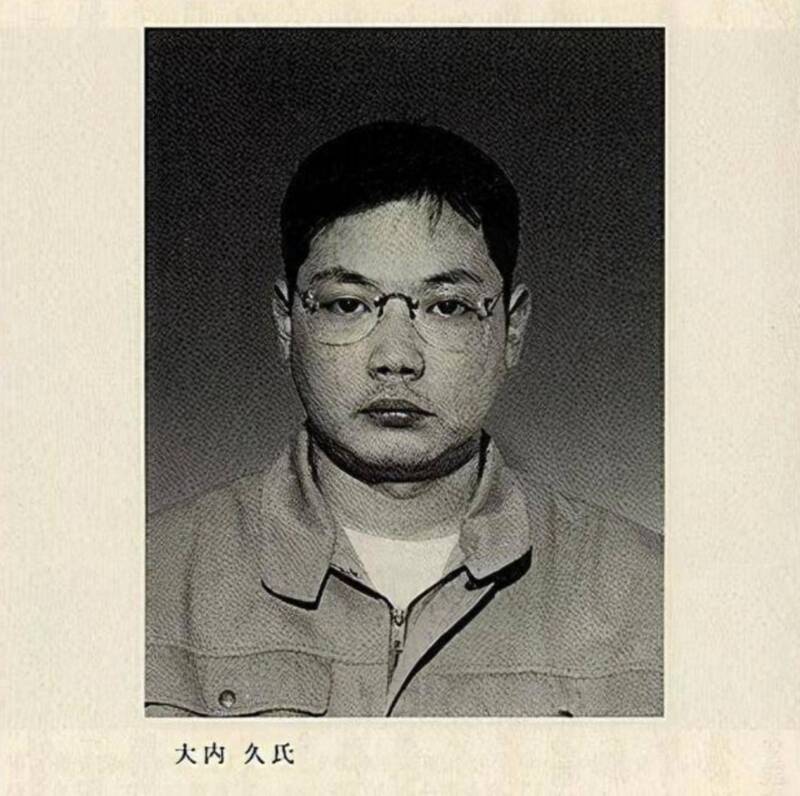

What followed was 83 days of complete agony as doctors attempted experimental treatments to kickstart Ouchi’s immune system and reverse the effects of radiation sickness.
Background
Japan is a country that once relied heavily on nuclear power for energy due to its limited natural resources. To decrease its dependence on imported energy, the government began constructing nuclear power plants in the second part of the 20th century.
Located about 70 miles northeast of Tokyo, the village of Tōkaiin, Ibaraki Prefecture, was selected as the location for the first commercial nuclear power station in the country. The construction of Tōkai-1 commenced in 1961, and the station was operational by July 1966.
The vast area surrounding the nuclear power plant soon became home to government institutes and companies engaged in related research. By the end of the 1980s, the complex included facilities for enrichment, disposal, and fuel reprocessing.
One of the people who worked at the facility was Hisashi Ouchi, a 35-year-old engineer recognized for his dedication to his job at Japan Nuclear Fuel Conversion Co.
Ouchi, a former high-school athlete, lived with his wife and young son, and he was known to have a close-knit family that was always supportive of him.
A nuclear accident at Tokaimura
On the morning of September 30th, 1999, Hisashi Ouchi arrived at JCO’s fuel reprocessing facility and started his workday. He and his two coworkers, Masato Shinohara and Yutaka Yokokawa, were assigned the task of manually mixing uranium with nitric acid using stainless steel buckets.
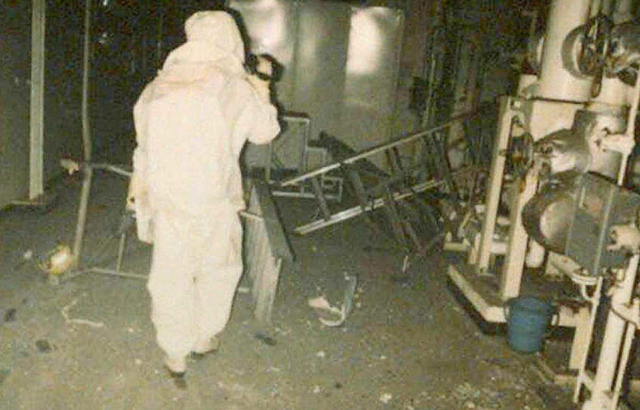
It was a standard procedure at the JCO facility for producing fuel rods for nuclear power plants. This specific batch they were working on was for the Joyo experimental fast breeder reactor.
Enriching nuclear fuel is a complex process, and it involves strict regulations to ensure the safety of technicians as well as the environment.
However, JCO had been experiencing pressure to increase production, so the technicians were instructed to use an illegal procedure, which is faster but also very hazardous.
The technicians at the JCO facility regularly skipped an important part of the process, which was using the buffer tank designed to measure the amount of uranium.
As a result, Ouchi and his colleagues added 35 pounds of uranium to the tank. They exceeded the limit by 29 pounds. Around 10:35 AM, the uranium mixture reached a critical mass.
Yokokawa was in a nearby room when he, along with the others, saw blue and white flashes. The gamma alarms began blaring, prompting them to evacuate quickly. The men started a reaction that would last for nearly an entire day until a team of technicians managed to add boric acid to the tank.
A total of 667 workers were exposed to radiation that day. The government of Japan initiated an emergency evacuation of the residents living near the JCO’s fuel reprocessing facility, while everyone within a 6-mile radius was instructed to stay indoors.
Radiation sickness
Once the three men reached safety, Ouchi began to experience symptoms of radiation exposure, and he passed out on the spot. They were rushed to the National Institute of Radiological Sciences in Chiba, where they were diagnosed with acute radiation syndrome.
A medical examination revealed that Ouchi received 17 sieverts of radiation, as he was the closest to the tank. That number itself is alarming because 7 sieverts is usually considered fatal.
Shinohara, who was nearby, received 10 sieverts, while Yokokawa received 3 sieverts. All three men felt nauseous and were vomiting.
The physical damage was evident because their skin was slowly turning red. However, it was clear that Ouchi’s condition was worsening.
On October 1st, 1999, Ouchi was transferred to the University of Tokyo Hospital, which had a specialized radiation treatment ward. A team of doctors who examined him made a startling discovery: Ouchi had suffered severe internal damage.
Blood tests revealed that his immune system was virtually non-existent as he had almost no lymphocytes. Meanwhile, Ouchi didn’t look like someone who had received a lethal dose of radiation less than 24 hours ago.
He was conscious and exhibited some redness on his skin. Hours later, another find shocked the medical team. Ouchi’s chromosomes were fully fragmented, indicating his body was unable to regenerate cells.
To prevent any potential infections, Ouchi was placed in an isolated room and wrapped in medical tape to help with the skin damage. The medical team began planning a stem cell transplant, with Ouchi’s sister agreeing to be the donor.
Three days after the radiation exposure, Ouchi’s condition took a drastic turn for the worse, and he began experiencing difficulty breathing.
On October 5th, 1999, Ouchi underwent a stem cell transplant, and the operation was successful.
However, doctors soon noticed that his skin began to peel. In the following days, Ouchi received immune-boosting medication and antibiotics, as well as multiple blood transfusions.

Tests indicated that his white blood cell count was slowly increasing, suggesting that the treatments were working. Unfortunately, the excitement was short-lived because the radiation burns on Ouchi’s skin were getting worse by the minute.
By October 11th, the skin on Ouchi’s right hand had peeled off, and he was placed on a higher dose of sedatives to help with the excruciating pain. Somehow, he was still conscious and maintained communication with his family by moving his head.
One week after the stem cell transplant, the medical team observed chromosomal damage in the donated stem cells. Three weeks after the radiation exposure, the skin on Ouchi’s torso had completely peeled off.
By late October, Ouchi was experiencing severe fluid loss and was unable to absorb any nutrients due to persistent diarrhea. The doctors did everything in their power to help Ouchi recover, including multiple blood transfusions throughout the day, but his condition continued to worsen.
The radiation had severely damaged his internal organs, and Ouchi’s cells were incapable of regenerating.
By mid-November 1999, Ouchi began to experience heart failure, but the medical team was able to successfully resuscitate him every time. He couldn’t breathe on his own and relied entirely on an oxygen machine.
Almost two months after the accident, Ouchi suffered multiple cardiac arrests in a single day. He was left comatose and was placed on life support. The public was kept informed about Ouchi’s condition because the Japanese media regularly reported on his condition.
So when it was announced that Ouchi had minimal brain activity and was receiving a high dose of sedatives to help with the excruciating pain, discussions about euthanasia and medical ethics were everywhere. However, Ouchi’s family was determined to keep him alive at any cost.
As December arrived, Ouchi’s condition continued to deteriorate rapidly. The stem cell transplant didn’t have any effect on his immune system, and he experienced liver failure. Despite this, his family insisted that he be placed on dialysis.
On December 19th, the medical team talked to Ouchi’s family and explained that his condition was fatal. It was suggested that Ouchi shouldn’t be resuscitated in the event of a heart failure, and the family reluctantly agreed.
Ouchi’s wife wanted him to be alive for the arrival of the new millennium and was hoping he would make it to January 1st. Unfortunately, her wishes didn’t come true. On December 21st, 1999, Hisashi Ouchi passed away at 11:21 PM after a cardiac arrest.
Doctors determined he died from multiple organ failure. He survived for 83 days following the deadly radiation exposure.
Other casualties
Ouchi wasn’t the only casualty of the Tokaimura accident. His colleague, Masato Shinohara, who received 10 sieverts of radiation, passed on April 27th, 2000, at the same hospital.
For seven months, Shinohara underwent multiple treatments, including an umbilical cord blood transfusion and cancer therapies.
While skin grafts helped him with radiation burns, the damage to his internal organs was irreparable, leading to his death from kidney and lung failure. Shinohara was only 40 years old.
Following the accident, Yutaka Yokokawa remained at the National Institute of Radiological Sciences in Chiba, where he was treated for exposure to 3 sieverts of radiation. He experienced minor radiation sickness and was released from the hospital in late December 1999.
Aftermath
The Tokaimura accident and the death of Hisashi Ouchi were pivotal moments for Japan and the country’s use of nuclear energy.
The investigation of the incident identified multiple factors responsible for what happened on the morning of September 30th, 1999.
Even though human error was at the very top of the list, JCO had hired inexperienced technicians and failed to provide them with the proper training. Moreover, the company encouraged the use of unsafe procedures for handling dangerous materials.
Following the lawsuits and court proceedings against JCO, the government passed several laws aimed at improving operational safety procedures in all nuclear facilities in the country.
Special teams were regularly dispatched to inspect nuclear plants and all the related facilities in order to ensure everyone was abiding by the rules.
Additionally, engineers working with dangerous materials were required to attend educational training courses.

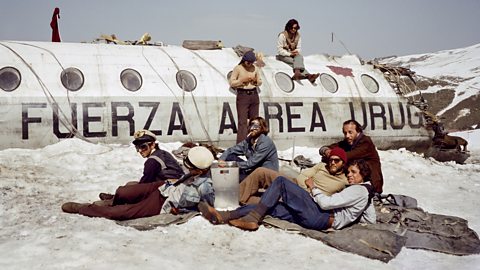
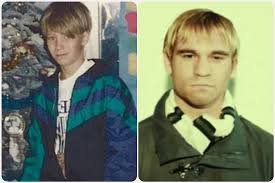
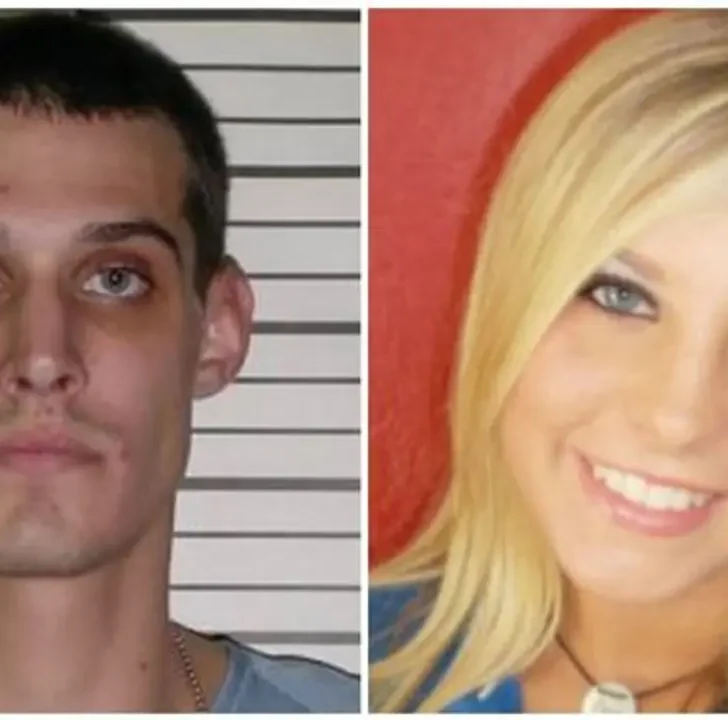
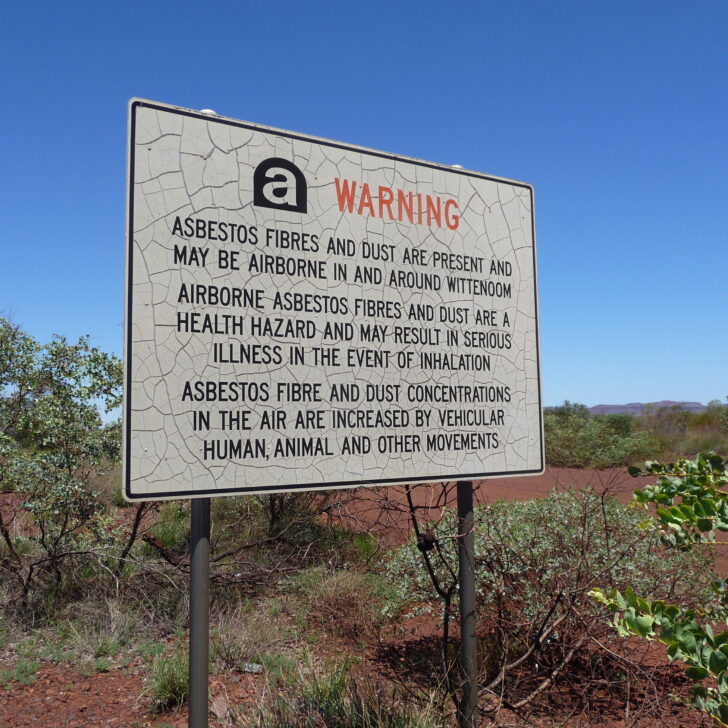
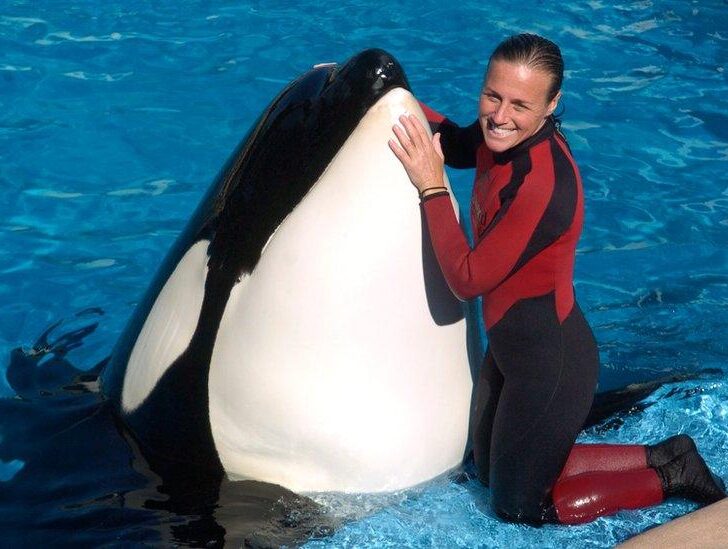
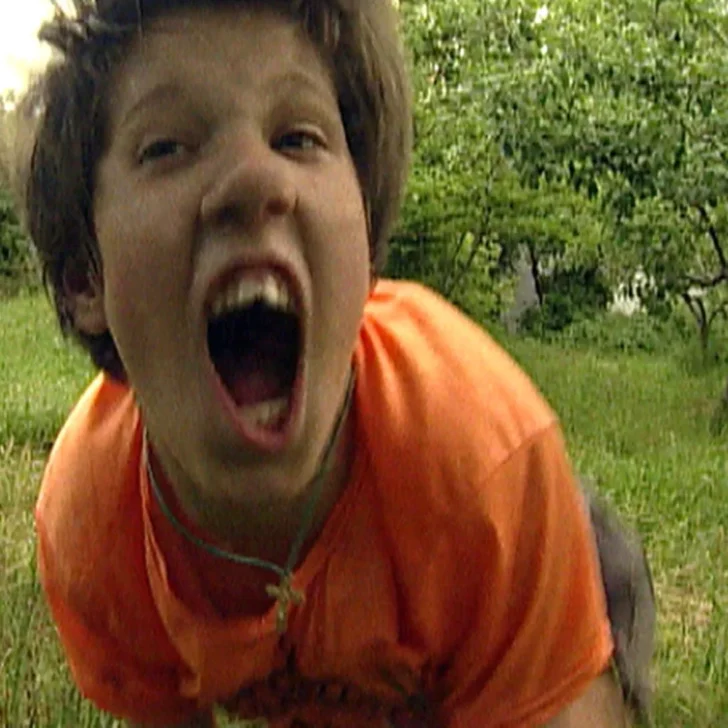

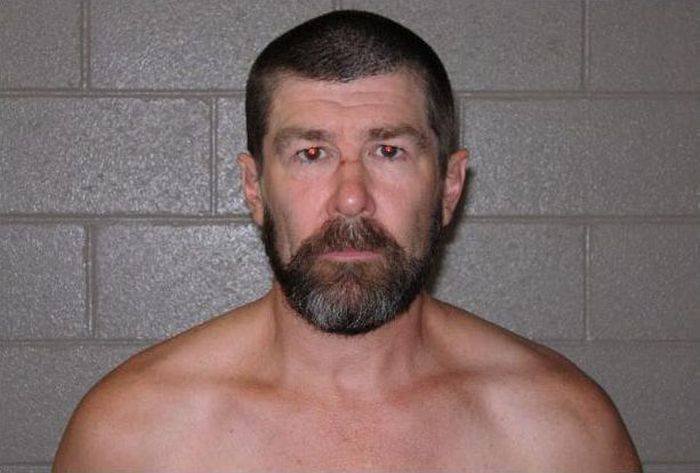
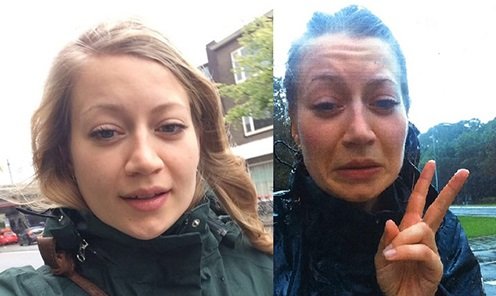
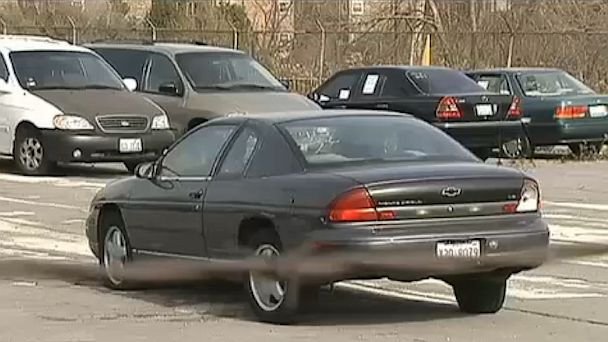
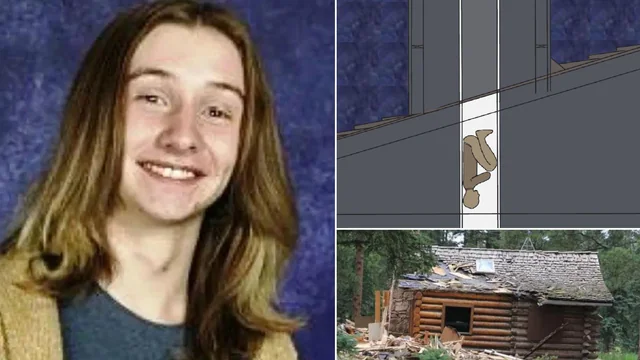
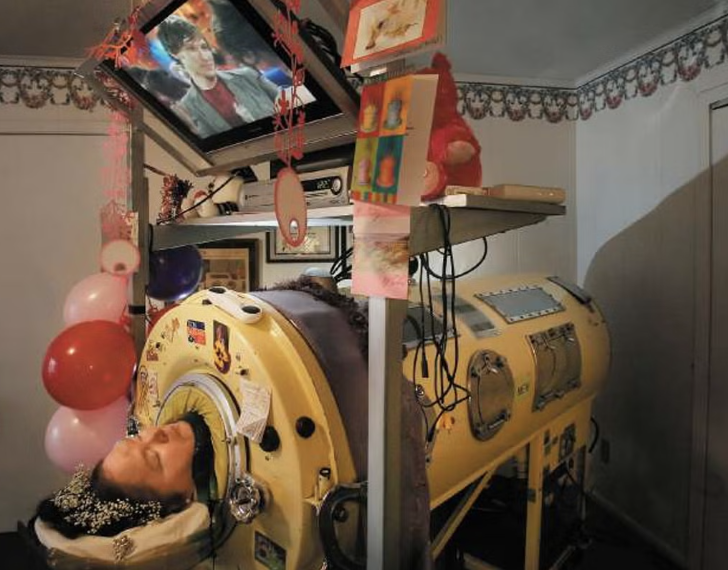
Leave a comment